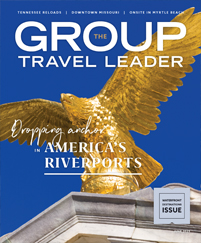SALEM, Ohio — From sustainable tourism to extreme adventure, travelers often crave authentic outdoor experiences. Many prefer to stay away from the most visited areas — or at least far from the most popular tourist destinations.
When you think “national park,” do summer crowds and extreme traffic come to mind? It’s true that the most visited areas, like Yellowstone, the Blue Ridge Parkway and the Great Smokey Mountains, draw vast numbers of travelers during peak season.
But the National Park Service encompasses so much more than the highly popular parks and monuments. The system includes 417 areas, covering more than 84 million acres in every state, the District of Columbia, American Samoa, Guam, Puerto Rico and the Virgin Islands.
These areas include national parks, monuments, battlefields, military parks, historical parks, historic sites, lakeshores, seashores, recreation areas, scenic rivers and trails, and the White House.
For those seeking a pristine outdoor experience, 50 national park units have designated wilderness areas, totaling more than 44 million acres.
America’s national parks include the following:
- The largest living single-stem tree in the world
- The highest point in North America
- The lowest point in the Western Hemisphere
- The largest cave system in the world
- The deepest lake in the United States
For great national park travel ideas, visit www.nps.gov and choose “Learn and Explore” from the menu.
Are you planning to visit America’s national parks by bus? It’s a great option for visiting less visited areas, and it’s the most fuel-efficient means of travel.
As you plan your trip, keep safety a top priority. Most bus companies are responsible and comply with safety regulations.
To keep your travelers safe, take a few moments to visit the Federal Motor Carrier Safety Administration’s “Look Before You Book” website. There you can research bus company safety online and access free safety resources for travel planners and bus passengers.











